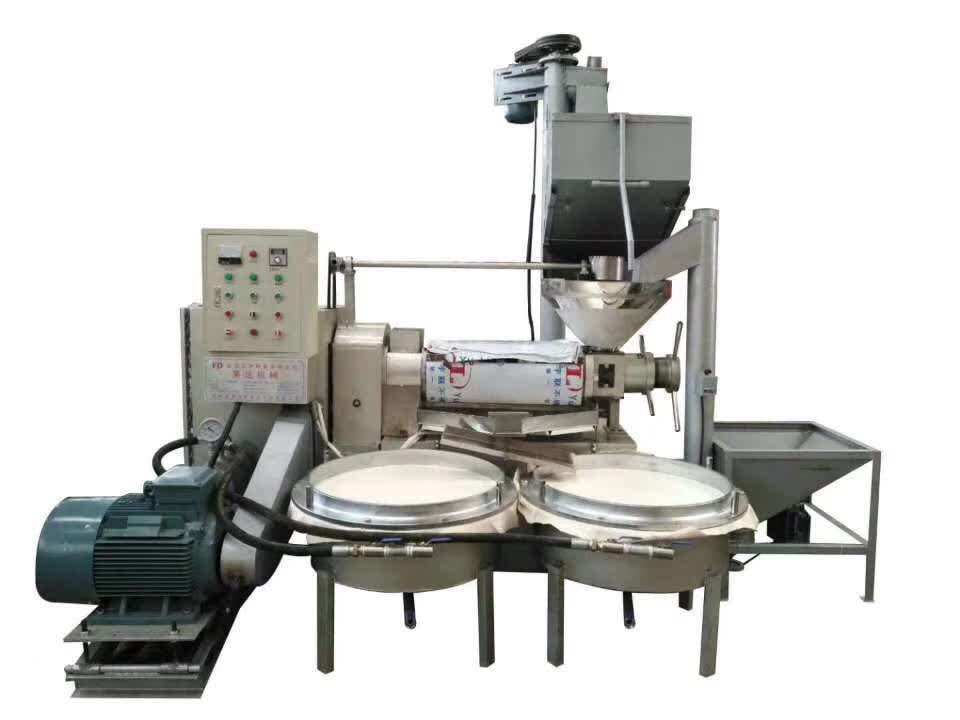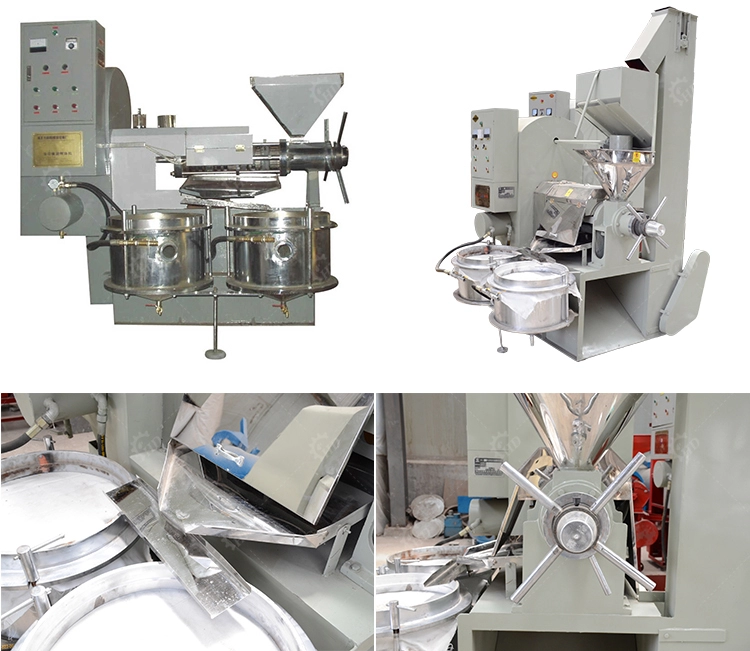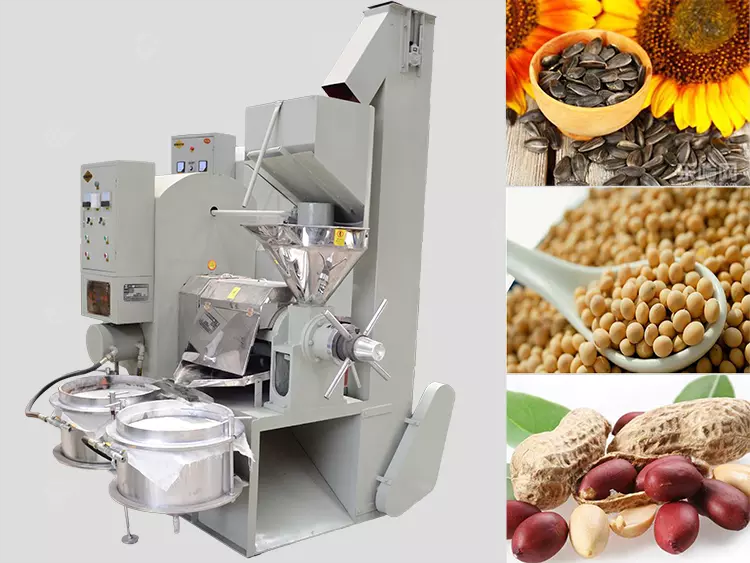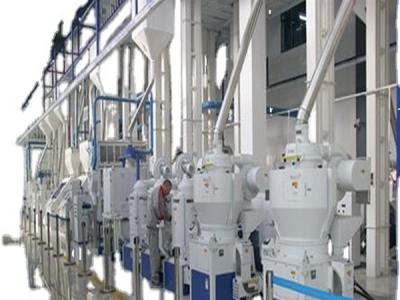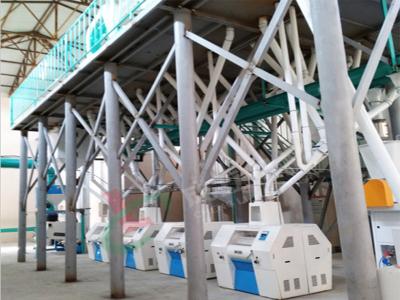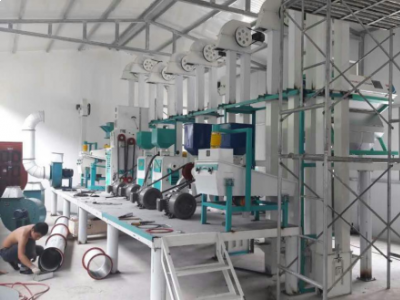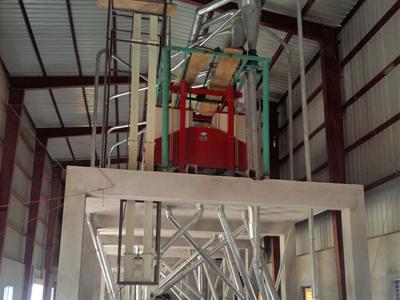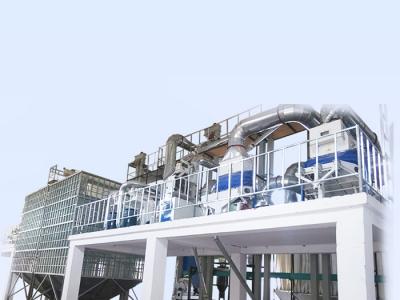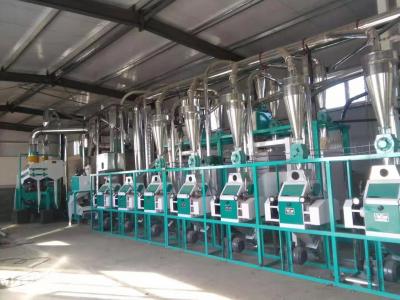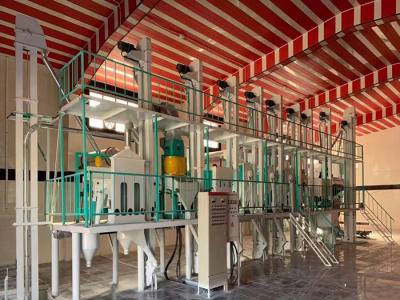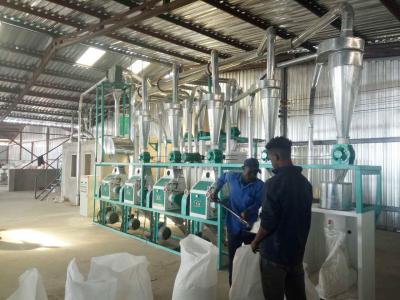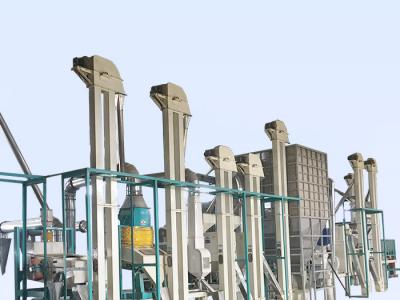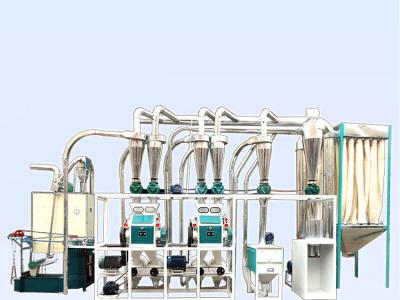| Model |
6YL-100 |
6YL-125 |
6YL-130 |
6YL-160 |
| Screw speed |
30-40 r/min |
30-40 r/min |
28-40 r/min |
28-40 r/min |
| Gear Ratio |
15/40x15/55=1:9.78 |
15/34x15/55=1:9.59 |
15/38x19/48=1:7.38 |
15/38x15/52=1:8.78 |
| Dimension |
2100*1360*1950mm |
2050x1350x2000mm |
2400x2300x1700mm |
2500x1600x2500mm |
| Productivity |
150-250kg/h |
200-300kg/h |
250-400kg/h |
450-600kg/h |
| Power |
6-7.5KW |
6-11KW |
6-15KW |
6-18.5KW |
| Vacuum pump |
Y90S-4-1.1KW |
Y100L1-4-1.5KW |
Y100L1-4-2.2KW |
Y100L1-4-2.2KW |
| Heater |
3KW |
3.3KW |
3.8KW |
4KW |
1. soybean/cocnut/sunflower/peanut oil press machine,the wearing parts are made of high-quality steel after carburizing heat treatment, which prolongs the service life and reduces the user's use cost and maintenance time.
2. The use of a new large-modulus helical gearbox improves the transmission efficiency and reduces energy consumption.
3. Reasonable press chamber design improves oil output efficiency.
4. The complete grinding and testing procedures before leaving the factory improve the ease of operation of the oil press.
When the oil press is running, the processed oil enters the press chamber from the hopper. The raw material is continuously pushed inward by the squeezing screw for pressing. Because the material embryo is in motion in the press chamber of the oil press, under the condition of high pressure in the press chamber, a great friction resistance is generated between the material embryo and the snail, and the material embryo and the press chamber. It can cause friction between the micro-materials and cause relative movement. On the other hand, because the diameter of the root circle of the snail is gradually increased and the pitch is gradually reduced, when the snail rotates, the threaded material can be pushed forward and turned outwards, and it is close to the screw thread. The surface material layer also rotates with the press shaft.
In this way, each embryo particle in the press chamber does not move at the same speed and in the same direction, but there is also relative movement between the particles. The heat generated by friction meets the heat necessary for the operation of the oil extraction process, helps to promote thermal denaturation of the protein in the raw material, destroys the colloid, increases the plasticity, and reduces the viscosity of the oil, which is easy to precipitate oil. The oil output rate of the oil press is improved, so that the oil in the oil is squeezed out and flows out from the gaps in the circular row and the row.


